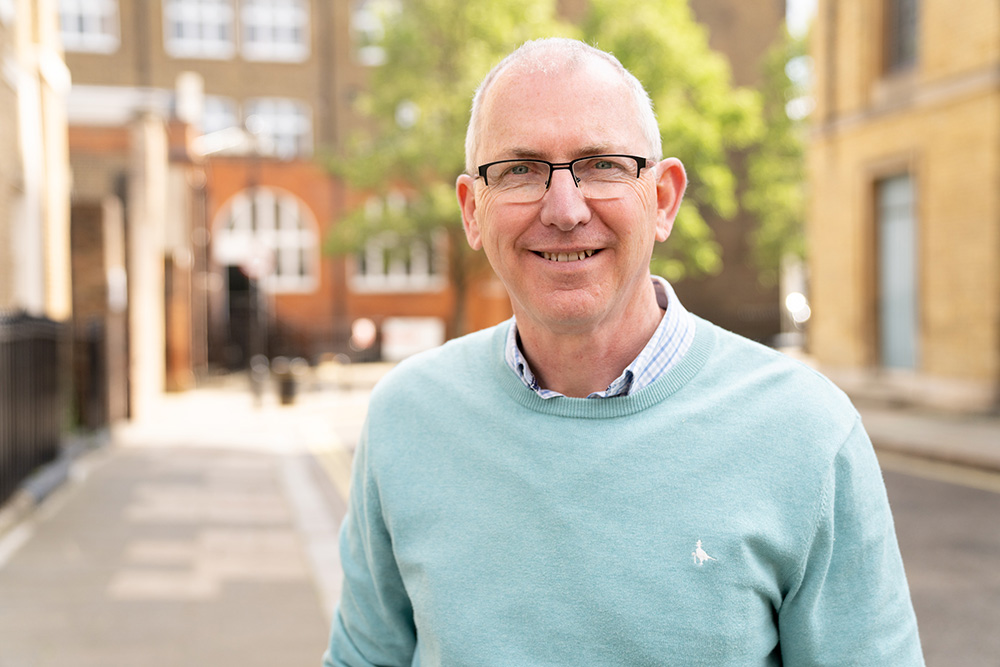
Defibrillating someone is easy. You bare the chest, apply the pads and let the machine do its thing. The difficult thing is to have the right people with the kit at the right place and the right time. St John Ambulance had a team of people trained and ready to go at the very moment I needed help
My general approach to life is to be and stay fit. This was my sixth half-marathon and I’d done a Park Run most Saturdays for five years.
I had been finding it harder and harder to train. The more I ran, the slower I was running. I felt I wasn’t as fit as I had been but at no time did I feel unwell.
A week before the run I actually decided not to do it. But then I thought, ‘man up and get on with it.’ For the first half I felt OK. At eight miles I was close to walking but kept going. With 800m to go, I thought ‘I've got this in the bag’ and I sped up.
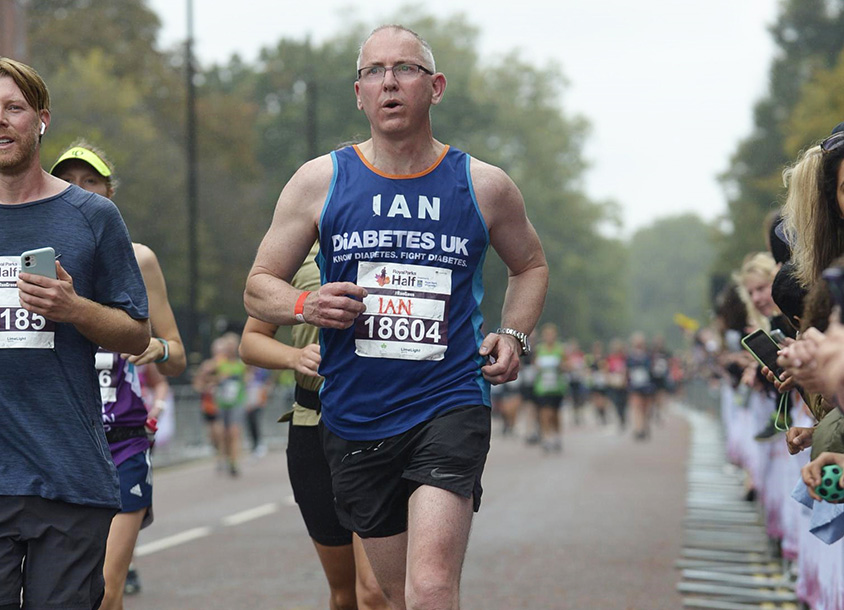
Crowds were lining the route and because your T-shirt has your name on it, they were shouting ‘Come on Ian!’ With their encouragement, I sprinted to the finish line, even overtaking a couple of people in the last few yards. Within seconds of crossing the line I felt my legs go wobbly at the knees. I stepped aside, grabbed hold of a railing. The next thing I knew I woke up in the back of an ambulance.
Iain
St John National Medical Response Team Lead
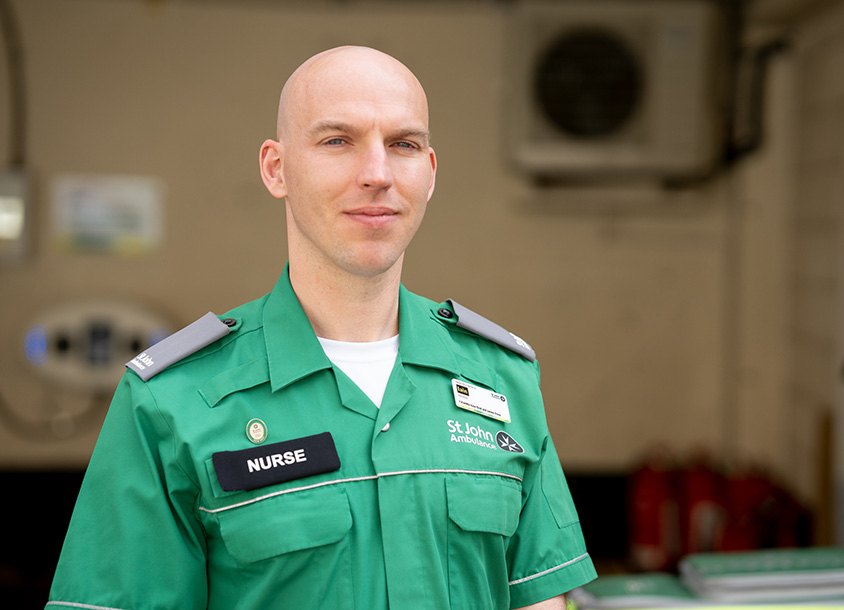
As the team leader I'm responsible for co-ordinating the team and assigning resources. At that time, we had about 12 people stationed on the line ready to respond to runners in difficulty. Dr Quigley came into view just as he hit the barrier and collapsed. I quickly assigned Imogen to respond to him and begin an assessment.
Imogen
St John Medical Response Team
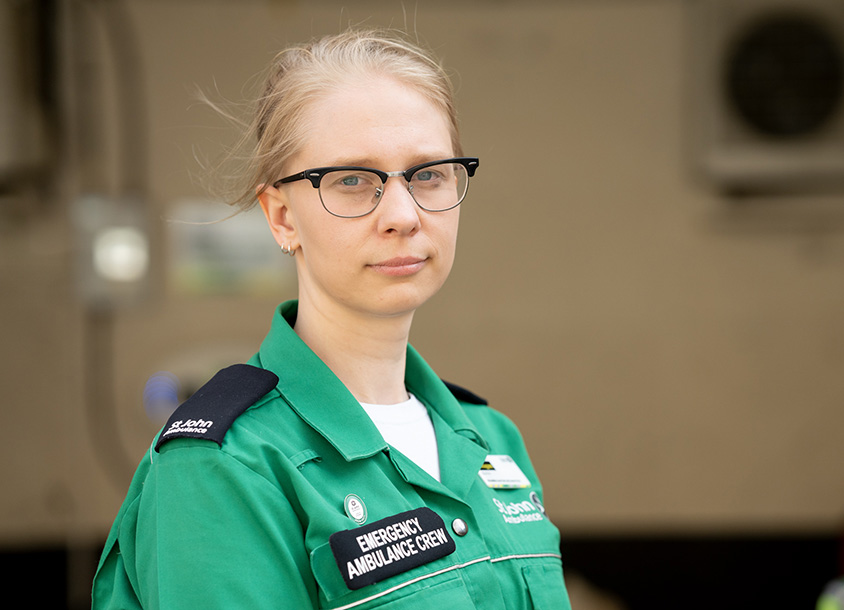
To be able to say that our actions, without a doubt, saved his life is indescribable
This runner had leant against the barriers with his head down and suddenly fell backwards onto his back. I got down on the ground and at first it looked like a seizure, but his eyes were glazed and he was very pale. What I first thought were exhausted gasps, I soon realised was agonal breathing. I shouted that the runner was in cardiac arrest. My teammate Chris began chest compressions and a defibrillator arrived moments later.
I attached it to his chest, and after giving him one shock on the finish line we moved him to the advanced life support area of the treatment centre. By the time we got him into the bay he was breathing again. As others took over his care and I remember thinking ‘my job is done, he’s alive.’
The last thing I saw was Ian sitting upright and talking to people as they got him in the ambulance.
This was a textbook case of how immediate chest compressions and early use of a defibrillator saves lives. Without them, Ian would not have survived.
Iain
The fact that we had saved a life was pretty phenomenal in itself, but to hear that Ian went off sitting upright and talking in the ambulance was something else entirely.
The big highlight for me was how seamlessly the team worked together to provide early CPR and defibrillation and ensure that Dr Quigley received further treatment in the right setting. I cannot overstate how proud I am of them
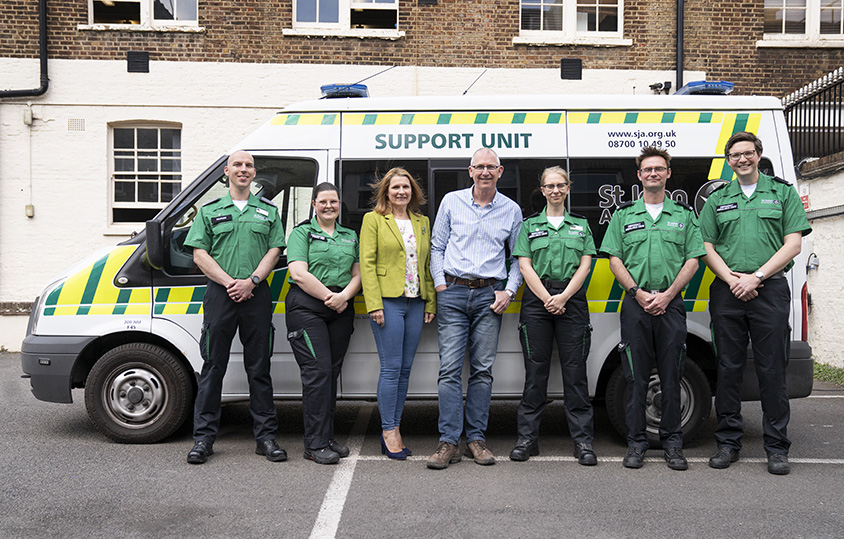
Dr Ian Quigley with wife Tracy and the St John team responsible for saving his life

